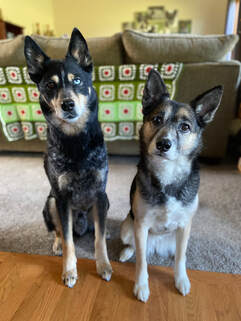
Using words like "dominance" and "pack leader" when it comes to our relationships with our dogs. You do not need to worry about those things. Those things will create a relationship where your dog has no say in their learning and training process, and that is no fun for them. And can be stressful and slow the learning process. Do you need to show leadership? Sure--but think about it this way: you need to be a leader you would want to follow. One you trust. One that is compassionate. And one that shows you the way instead of drags you to it kicking and screaming.
Thinking that your dog is trying to dominate you--they aren't. Could your dog be pushy? Sure. Needy? Possibly. Trying to show you he's the boss? Not likely. It is more likely your dog is just trying to get what he wants (in the same way a small child would--by being pushy).
Taking food and toys away just to show you can or putting your hand in your dog's food bowl to prevent resource guarding. Although this may seem like a good idea (it isn't), all it will really do is create the problem you are trying to prevent. Think of it this way: If you have your favorite food in front of you and someone tries to take it away before you are finished with it, you will likely grab it quickly and say "hey, I'm not finished," right? Well, same thing--if your dog is eating or enjoying an amazing chewy and you grab it just because you can, your dog may react in a similar fashion (some growling, likely some body cues that ask you to back off). This practice actually ties in with the idea of having to be the pack leader--you don't need to show your dog you can take anything you want. You need to show your dog that he can trust you. If your dog already resource guards, just taking it isn't going to fix it. It will make it worse. Instead, work on counterconditioning--you want your dog excited and willing to leave the item when you approach. Not hunker down and guard it more.
Using things like shaker cans of pennies, spray bottles or other "scary" things to interrupt behavior that can be otherwise managed or modified. Using spray bottles can create a dog who actually runs when they see a spray bottle, which can be potentially problematic when/if your vet or groomer ever has to use one on your dog. Shaking cans of pennies or other loud things can great a dog that has a noise phobia (especially if you use it during a critical development period or a fear period). If you need to interrupt a behavior, training a positive interrupter or teaching your dog a call out is much more effective.
Punishing dogs for growling. Growling is a GOOD THING. Growling is your dog communicating with you that he is uncomfortable. Growling is a warning that your dog needs space. HEED THE GROWL. And once you have done that, think about why your dog is growling and work to help him understand he doesn't need to growl by doing some behavior modification and some training. Dogs who have been punished for growling often learn that growling is bad and they skip the growl and go right for a bite, which is never good.
Setting dogs up for failure. Setting goals that are unattainable (like expecting a 10 week old puppy to be fully house trained or expecting a dog to walk perfectly on a leash in all environments after one session) is unrealistic and will frustrate you and the learner. You need to work where the dog IS not where you what him to be.
Squatting down, extending your hand and using food to get a fearful dog to approach you. Yes, I know that is the age old way we were taught--but in my experience, a dog that is fearful BUT loves food will stretch himself as far as possible, grab the food from the hand and then sprint away to eat it safely away. That doesn't mean that the dog overcame his fear--it just means that the dog really wanted the food. Dog is still afraid (which is illustrated by the fact he ran away to eat the food). Fearful and timid dogs need to approach at their own pace. Please don't take it personally if "all dogs like you" and this one doesn't. It happens. (It has happened to me a lot, and I never make a dog approach if they don't want to).
Punishing dogs for our mistakes. Dogs will always do what makes sense for them at the time--and what they think will work for them at the time. If the environment hasn't been set up in such a way that allows a dog to be successful, that is a handler problem and not a dog problem. This one is a hard one, I think, for people to get their heads around because we don't want to believe that our dogs' mistakes are our mistakes--but they are. There isn't a "but he knows better." If he knew better, he wouldn't do it.
If you have done any of these things (or are currently doing these things), that doesn't mean you are a terrible owner. Or a terrible trainer. Or a bad person. It just means it is what has always been done. Or what you have seen done in the past. And that's okay. What we know now is that dog training and our understanding of dogs has changed. A lot. And we have more options at our disposal, so we can work on replacing some of those old habits with new ones.
I love that things are starting to move in a direction where we are understanding that dogs need to be active participants in the learning process. We just have to remember that in order for the dogs to be active participants, we have to be willing to let go of some of the old habits that we like to fall back on. Yes, maybe the old habits are more comfortable for many people because they are familiar, but I bet we can find a way for things to be more comfortable for both handler and dog in something new.
So today--work on replacing one old dog training habit that you have. Stuck and need help? Ask away.
Happy Training and Happy Dogs! #LLRcanine
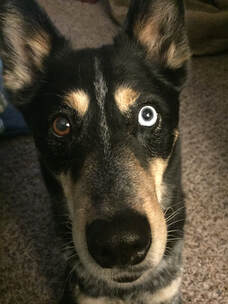
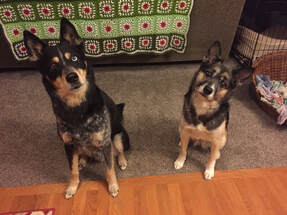
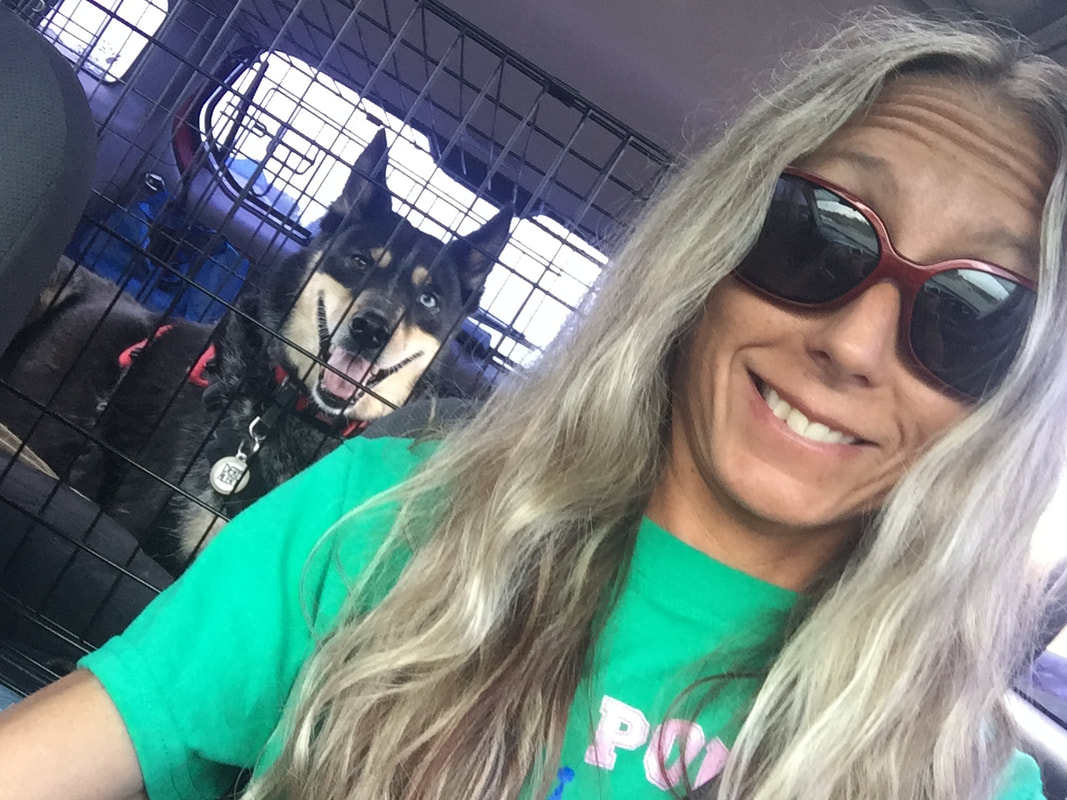
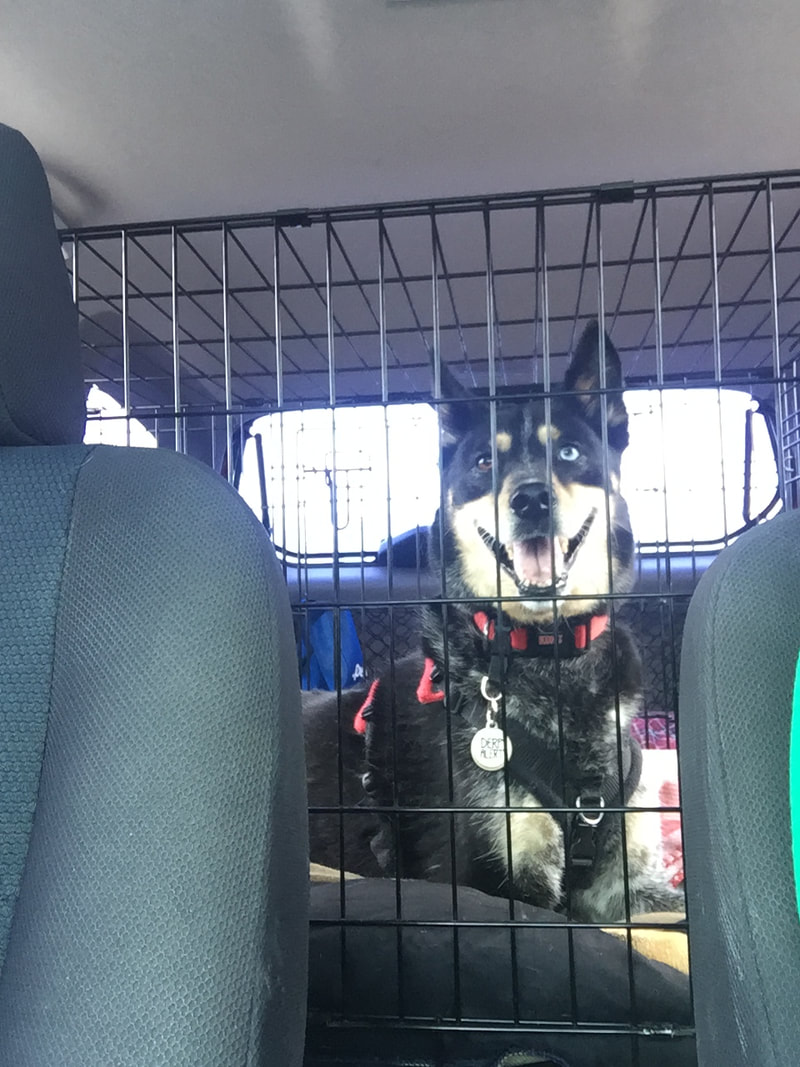
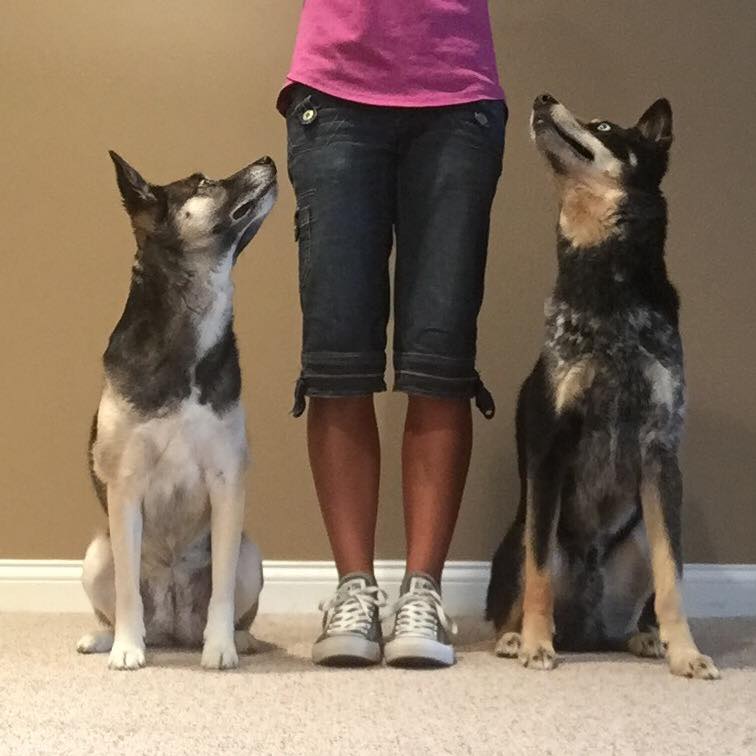
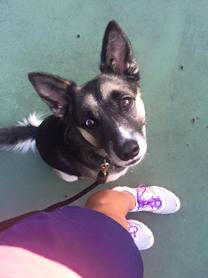
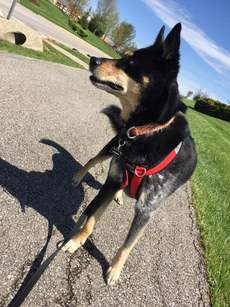
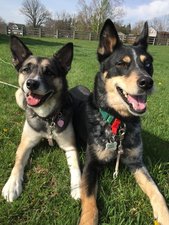
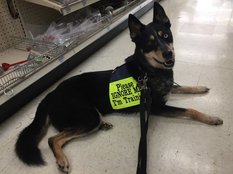
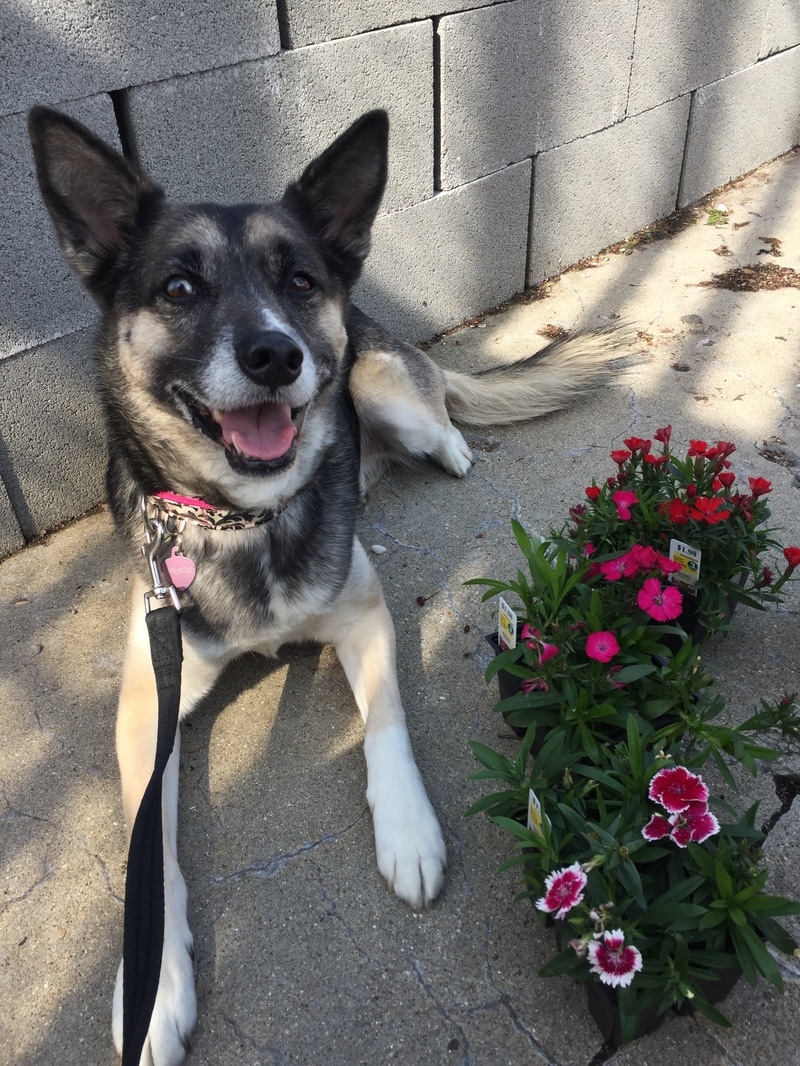
 RSS Feed
RSS Feed
